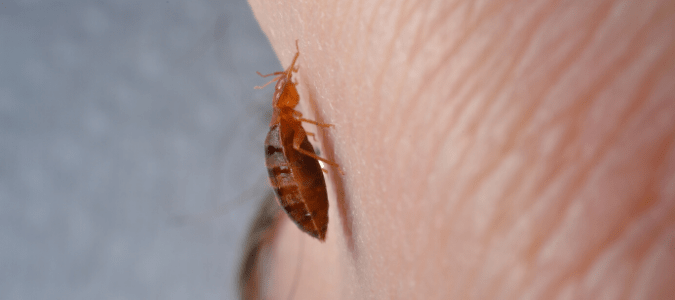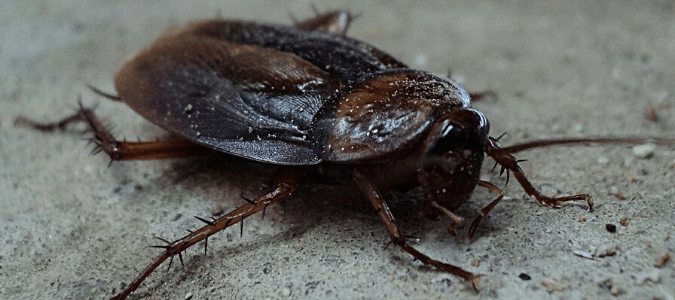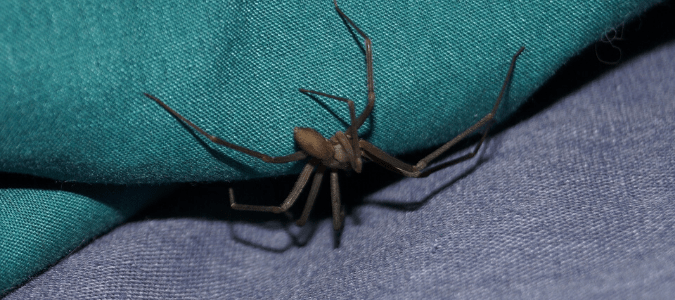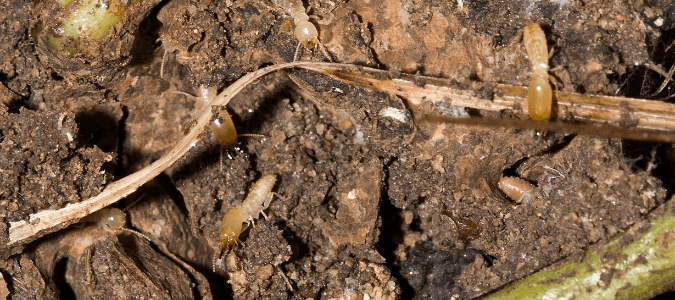How Many Times Can A Mosquito Bite?
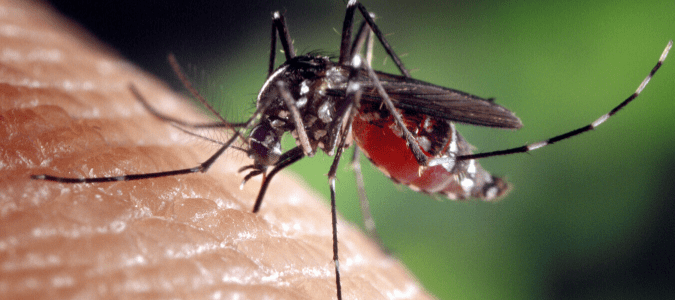
If you’ve ever spent a beautiful evening in your yard, only to later discover that you’re covered in mosquito bites, you’ve likely wondered how many times a mosquito can bite. Was it just one mosquito that’s to blame for your current situation, or was it a whole swarm that descended on your property?
Simply put, a mosquito can bite as many times as she wants or can. There is no limit. Female mosquitoes (and only females!) feed on blood until they are full. If a mosquito is interrupted before filling up, she’ll just bite again. Once her abdomen is full of blood, she rests for 2 to 3 days and then lays her eggs. Most mosquito species live up to about three weeks. During that time, a female can lay up to five clutches of at least 100 eggs at a time. Unfortunately, this means that your mosquito problems aren’t going … Read Full Post »



